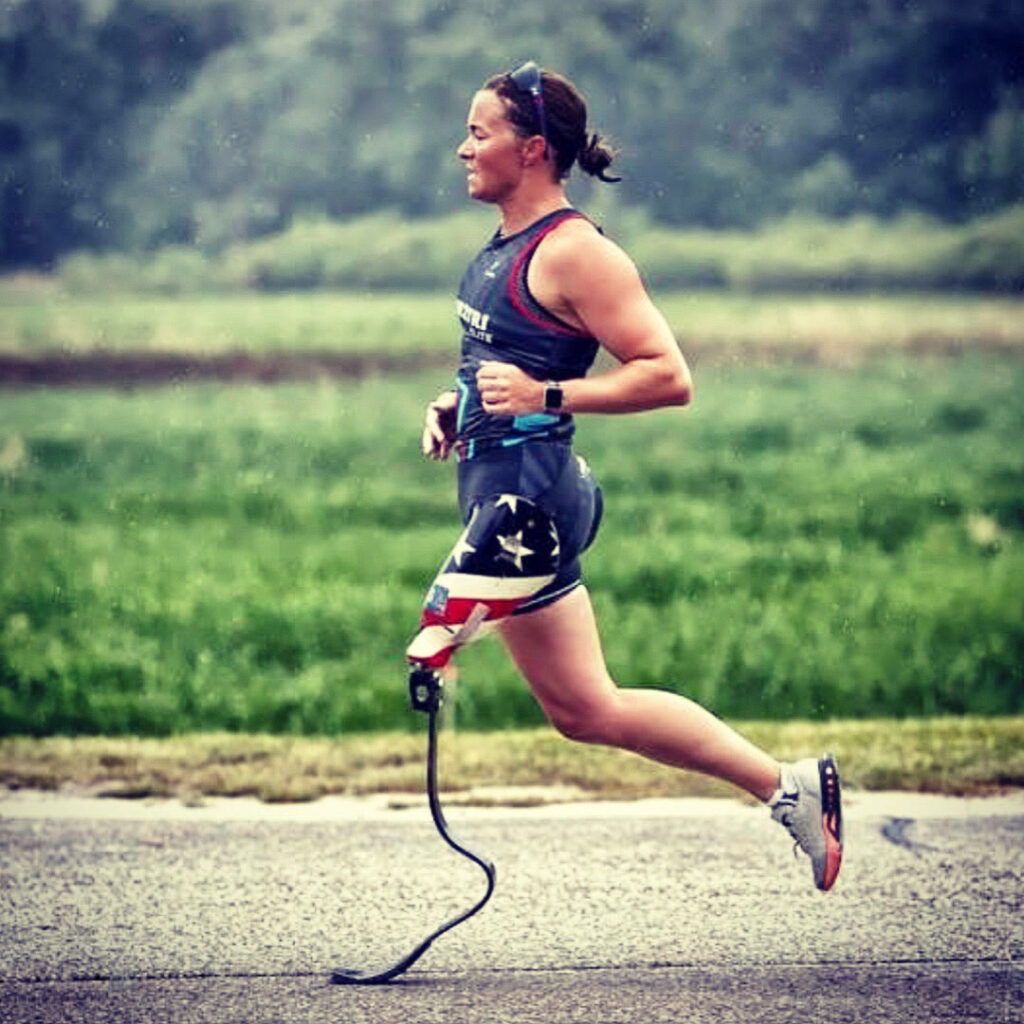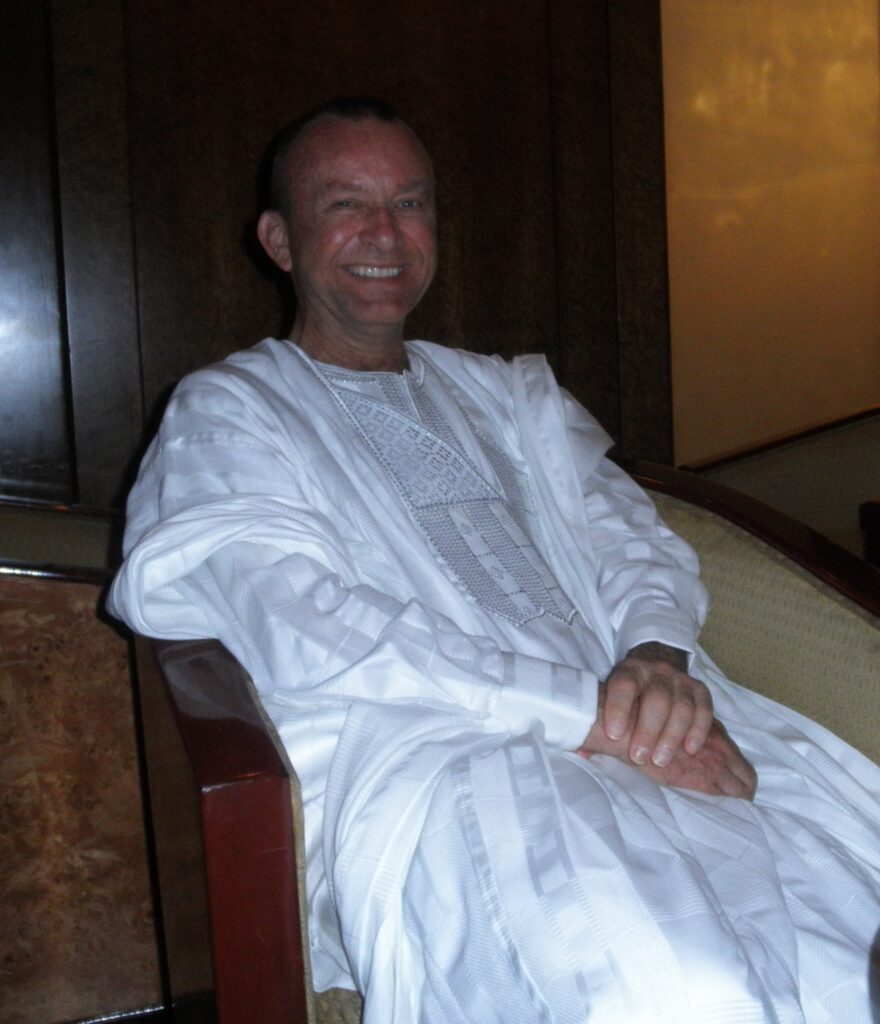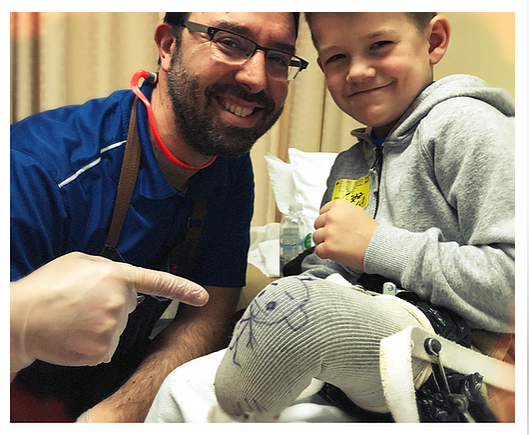Out of Africa
I was in Africa in 2012, designing the home of the former governor of Lagos State, when my fever spiked to 105. I had been an interior designer for 31 years and a Type 1 Diabetic for 45 years. Since the mid-1990s, I had been battling cellulitis (a bacterial skin infection) leading to osteomyelitis (a bone infection). After resisting a leg amputation for almost 20 years, I was starting to realize it was time to face a terrifying reality: I would have to sacrifice my left leg to save my life. As it turned out, even an amputation didn’t solve my problems, until I met an outstanding prosthetist, David Rotter in Joliet, IL. He may have saved my life. But I’m getting ahead of the story.
Leaving Africa did not go as smoothly as I would have liked in my condition. The temperature in the sun was 100 degrees. I was cold and shaking and dehydrated from the blazing fever, which is a very dangerous condition for anyone, much less a diabetic. I had to return to Chicago ASAP, but security at Lagos International Airport had other ideas. They thought I was suffering from something contagious such as Ebola and were questioning my departure. Fortunately, my business partner (a blonde-haired, blue-eyed dominatrix) bullied the guards into submission, and without the strength to walk another step, I was wheeled to our plane. Destination: Chicago’s acclaimed Northwestern Memorial Hospital.
How it Started
After decades of checking my blood sugar and injecting insulin for my diabetes, I first contracted cellulitis and osteomyelitis in the mid 1990’s, I noticed a suspicious, thin red line snaking up a vein in my leg. The complications became so bad I was forced to administer high-powered IV antibiotics at home for three months at a time through a surgically inserted PICC line.
Over time the infections became so bad my orthopedic surgeon repeatedly carved away at my left foot. Multiple doctors and technicians advised me my health would improve and my life would be much easier if I let them amputate my left leg below the knee. However, I was too vain to let them chop off my leg so I continued to fight.
Fastest Way to Lose 12 Pounds, Ever
The Thursday after we landed I met with my doctor who, with an “I told you so” glance, told me to go home and “get things in order”. OK. That scared the “you know what” out of me. Fortunately, I had everything in order so I asked when was the soonest they could schedule surgery. My doctor replied “in a couple of hours”. After so many years of resisting, I finally had to give in. I wanted all the angst to be over. It was time to move on.
The 90-minute surgery was the fastest way I know to lose 12 pounds, but I am not recommending it as a diet technique. On Friday, the nurses had me up and wobbling around on crutches. Saturday, I went home to my condo – a construction site full of saw dust, plaster dust, and every other kind of dust imaginable. I went back to work on Monday.
Discovering Dave
Once my stump healed, my surgeon recommended a prosthetist who constructed my temporary and subsequent prosthetics for me. They never fit correctly causing open sores that frightened me. I did not want to embark upon another battle with cellulitis and/or osteomyelitis. The prosthetist made excuses for the sores recommending a combination of different socks over the rubber sleeve, but nothing worked. When a good friend recommended orthoptist and prosthetist David Rotter to me, it was one of the luckiest days of my life. During the past six years, Dave has made three, below-the-knee prosthetics for me, and all of them fit perfectly. He is maniacal about the details, and it shows in his work. He realizes how important it is to his clients who wear a prosthetic day-in and day-out.
Famous Clients
Dave’s clients travel from all corners of the globe, including one man who came all the way from Nepal. (Never again will I think our drive from Chicago to Joliet is a hike.) He and his team have helped many famous athletes, politicians and other celebrities, including the late Chicago film critic, Roger Ebert, whose well-known face was ravaged by cancer. It took Dave two years to engineer a facial prosthesis for Ebert, whom he considers his most challenging case.

Another success story is Melissa Stockwell, a two-time Paralympic triathlete, swimmer and former U.S. Army officer. She was the first female soldier to lose a limb in the Iraq War. Competing in the 2008 Summer Paralympics in three swimming events, she returned to race in the 2016 Paralympic Games and won a Bronze medal in the inaugural triathlon event on September 11, 2016. I knew I was in good hands with this man, and I was right, though I have never trained for the Paralympics!
Dave and the Kids
Sitting in the lounge of his office on many occasions, I have marveled at the smiles of the young boys and girls wearing one, sometimes two prostheses as a result of birth defects or debilitating cancer.
“I love the kids,” says Dave. “I love all my clients. When I opened my own firm, I wanted my clients and their families to instantly feel comfortable and at ease. My waiting area is like a living room where people can talk to one another freely without being intimidated. We even have an area where my guests can get something to drink or eat while being fitted.”
Several times, when I called Dave’s office to schedule an appointment, I was told he would be in Guatemala. After 6 years, I finally asked him what he was doing down there.
“This would have been my 17th trip since I first started going, but unfortunately it was cancelled by COVID. Through the Range of Motion Project a group of us (doctors, nurses, other prosthetists and physical therapists) travel together to help physically challenged people there. Some years I have fitted 52 people in one week with prosthetics made from parts donated by each of our clients. Everything is deeply accelerated there. Our expectations are to get someone off crutches for years into a prosthetic that enables them to walk.”
Hoping for a Clone
Those of us who have made it through his office doors appreciate how lucky we are that Dave had a cosmic accident after his first four years of college and changed his major to become an orthotist and prosthetist. When the good option involves a prosthetic, Dave’s our guy. Personally, I’ve got my fingers crossed that Ian Wilmut, the scientist who cloned Dolly the sheep in Edinburgh (Scotland), might one day create multiples of Dave.

Photo courtesy of National Museums Scotland


There is One comment
Hello John, this is the first post of yours I have read. I have admired you and your incredible talent for years after having the wonderful fortune of working with you at Metropolitan Place Lofts. Your talent, humor and incredible style are unforgettable. Thank you for sharing this journey. It is inspiring and incredible.